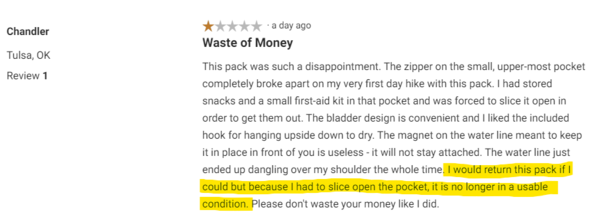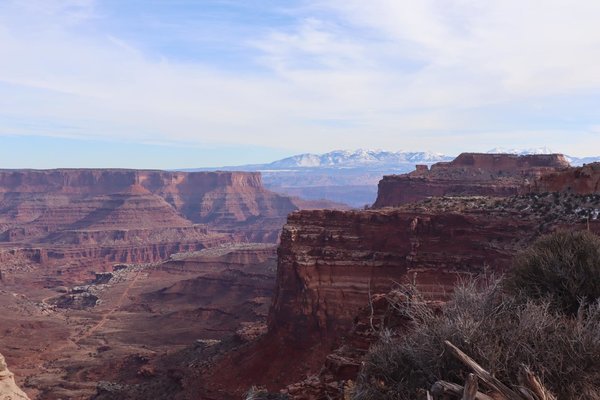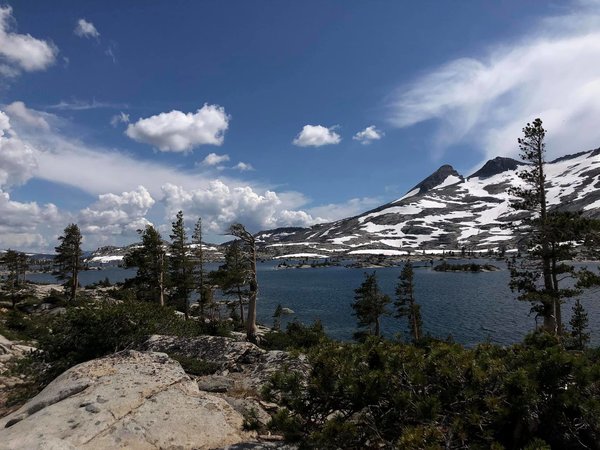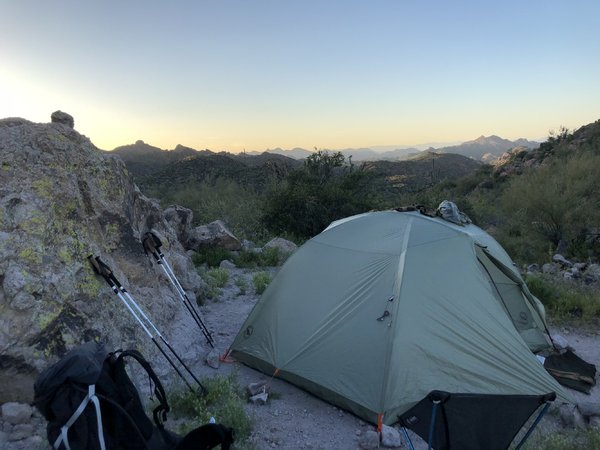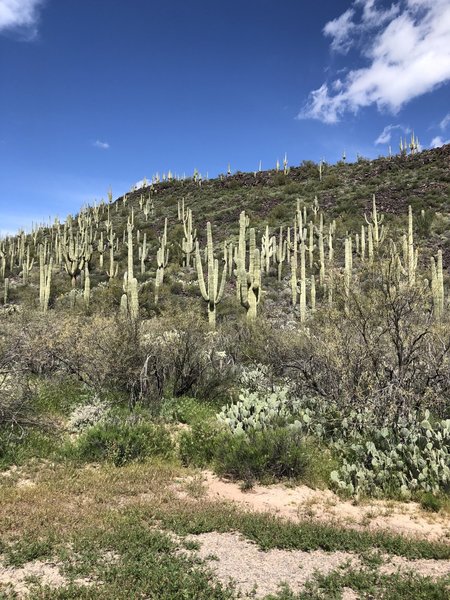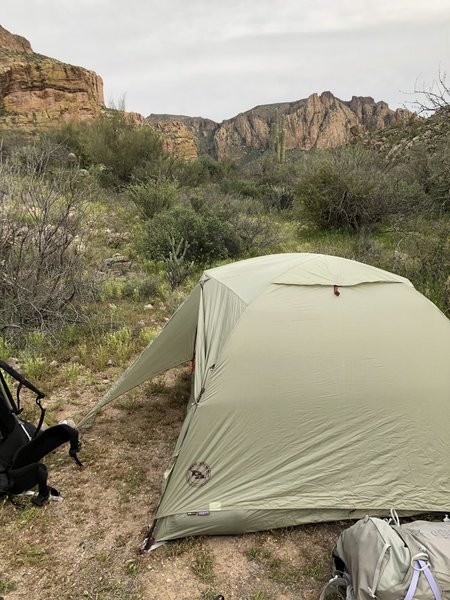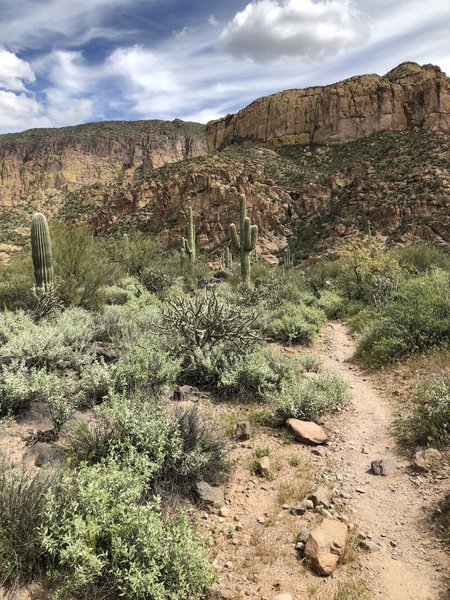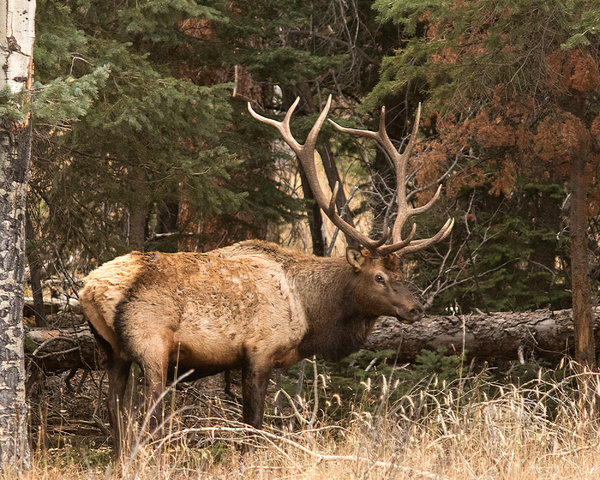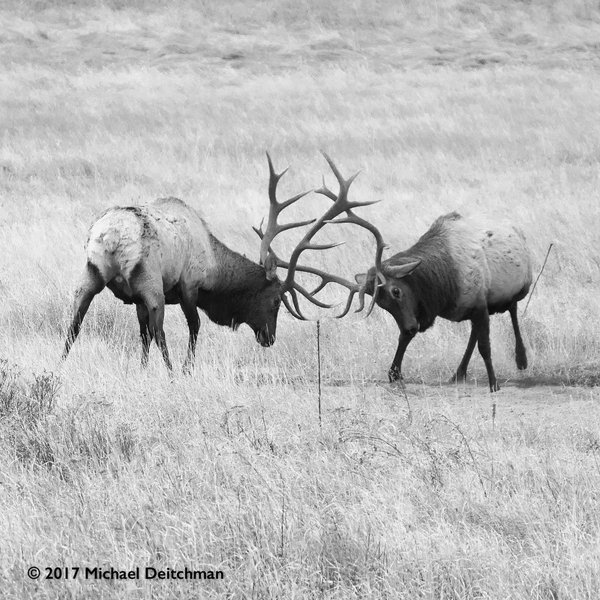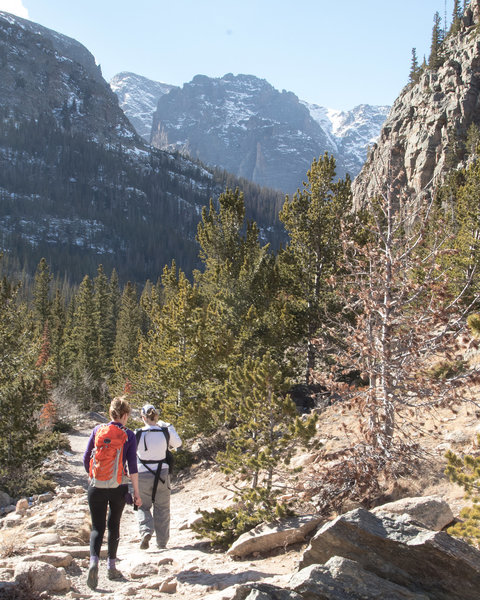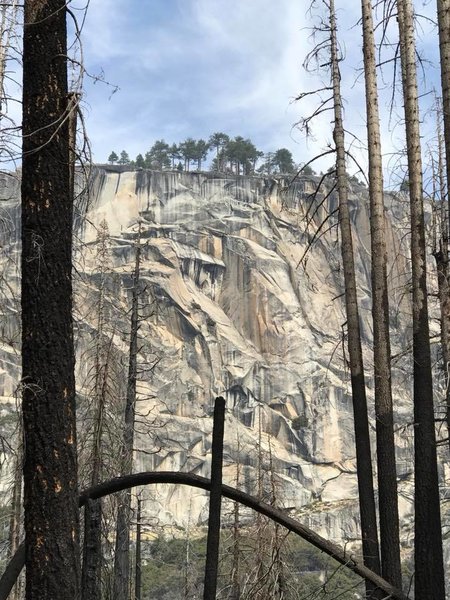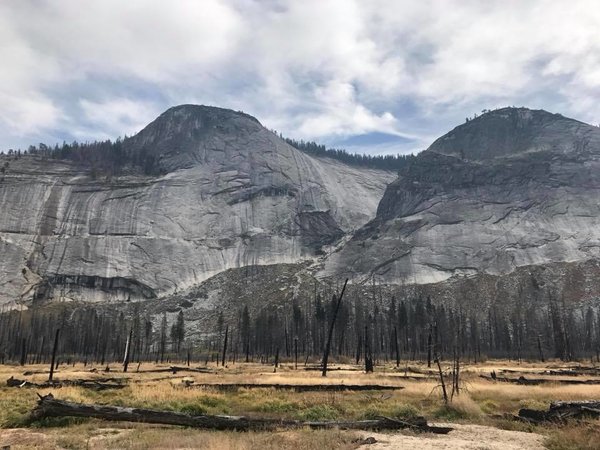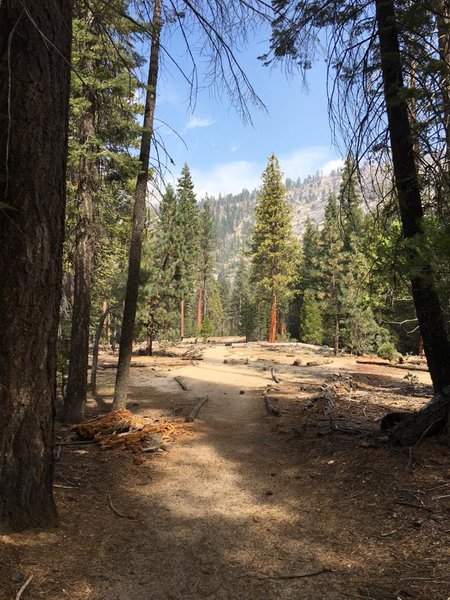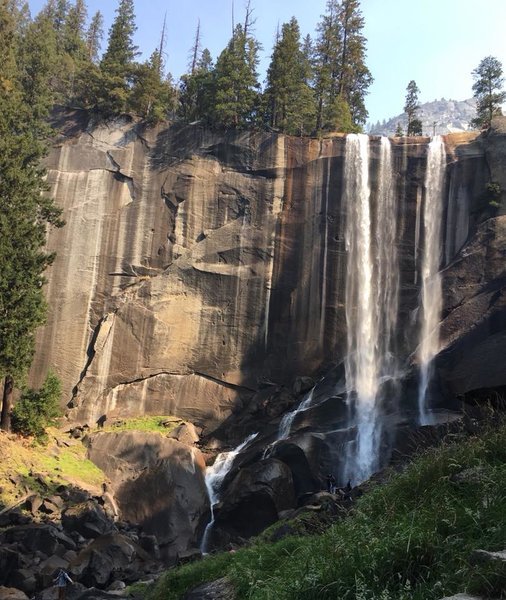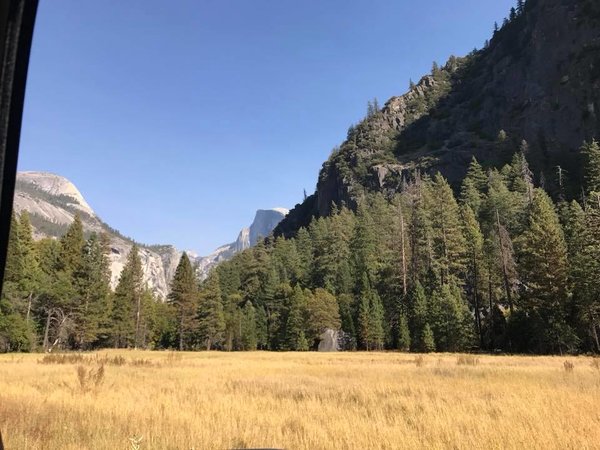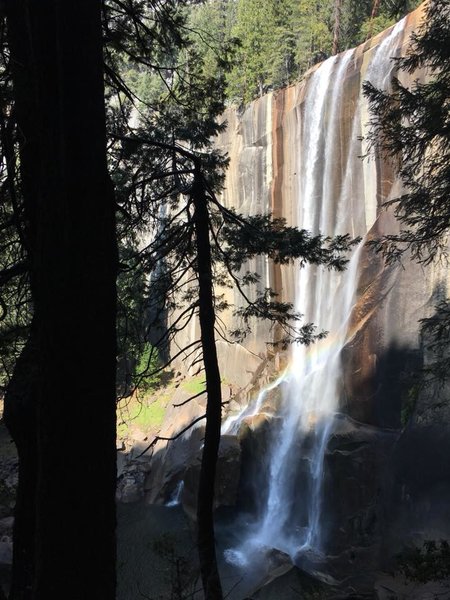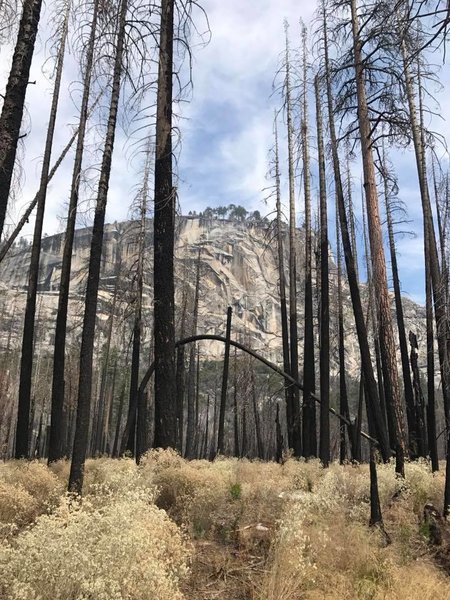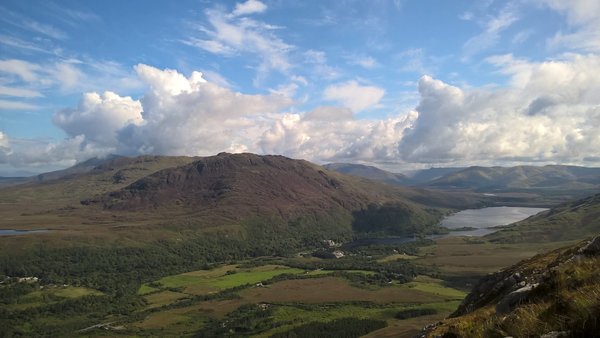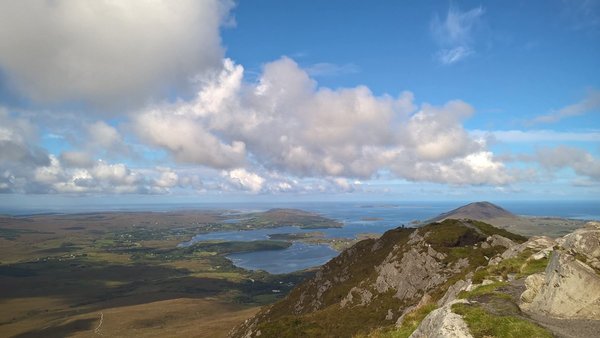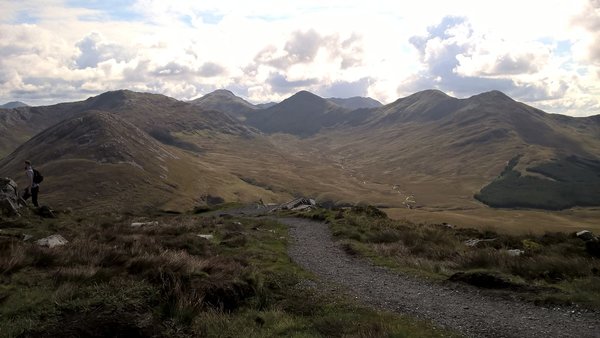greger
Distinguished Member
- Joined
- Jan 24, 2009
- Messages
- 1,470
- Reaction score
- 193
One person that I know likes to hike with teva's and carry his mountaineering boots and crampons, etc. on and in his 80-90 pound frameless pack. Trails only go so close to mountains or part way up them, so Teva's are fine until he needs the crampons. Me, I like "tennis shoes" or mountaineering boots, but usually something inbetween towards the lighter side. Gore tex is nice for any outdoor shoe. Backpacking is something I rarely did, since I like day hikes, which have included mountain tops.
Clothes- what time of year makes a difference. Light weight hiking pants and shorts are nice for summer, with tie shirt and cotton flannel for layer. If a light rain your energy will produce enough heat to evaporate the wet from the rain. Colder times of year wool pants are nice. Believe Fred Beckey would buy wool slacks for mountaineering. Knowing how to use clothes and shoes separates the "die hard" from the "city slicker" "dude". Know hypothermia symptoms. Should know something about foods, too. Sugar burns real quick and then no engery. Foods like green beans last about two hours, even burning. ***** stuff and cheese is slow burning, but last a long time and takes awhile to get started (doesn't have the energy that green beans has because it is suggish, but slow and constant, but doesn't make the body agile). Higher elevations can get very cold in the evenings. One last piece of advice, eat a slice of cheese or some hamburger before you go to bed if it is going to be cold in the morning.
Clothes- what time of year makes a difference. Light weight hiking pants and shorts are nice for summer, with tie shirt and cotton flannel for layer. If a light rain your energy will produce enough heat to evaporate the wet from the rain. Colder times of year wool pants are nice. Believe Fred Beckey would buy wool slacks for mountaineering. Knowing how to use clothes and shoes separates the "die hard" from the "city slicker" "dude". Know hypothermia symptoms. Should know something about foods, too. Sugar burns real quick and then no engery. Foods like green beans last about two hours, even burning. ***** stuff and cheese is slow burning, but last a long time and takes awhile to get started (doesn't have the energy that green beans has because it is suggish, but slow and constant, but doesn't make the body agile). Higher elevations can get very cold in the evenings. One last piece of advice, eat a slice of cheese or some hamburger before you go to bed if it is going to be cold in the morning.




![musicboohoo[1].gif](https://www.styleforum.net/images/smilies/musicboohoo[1].gif)


